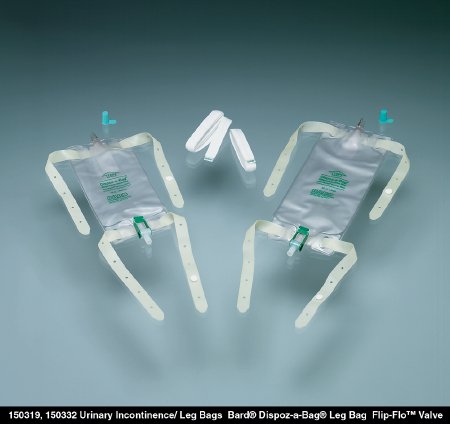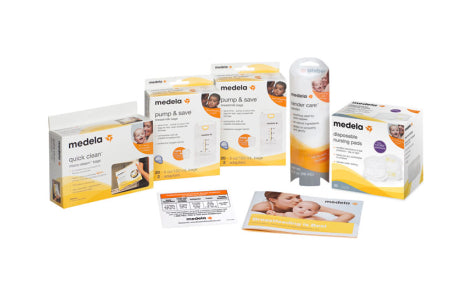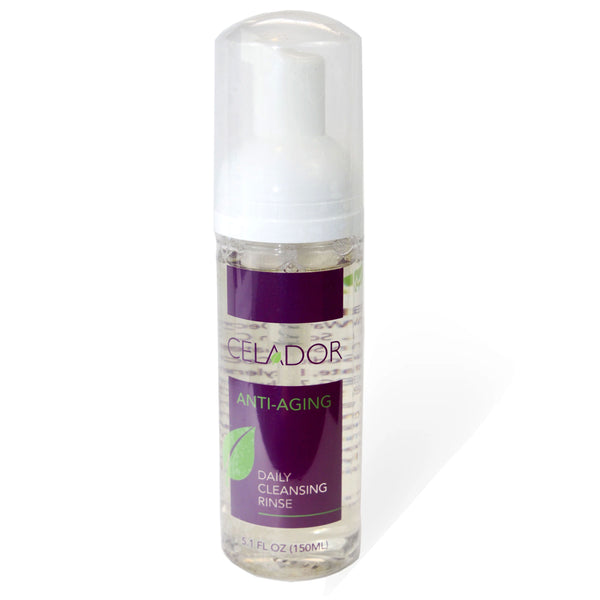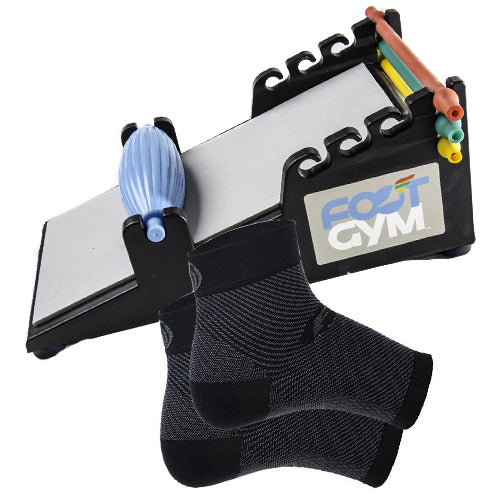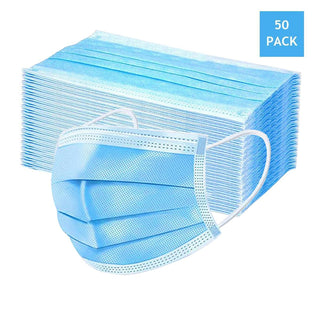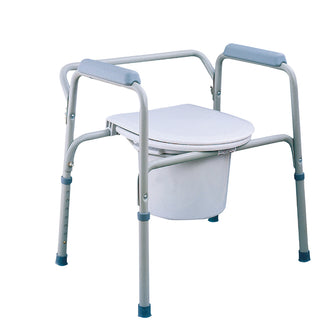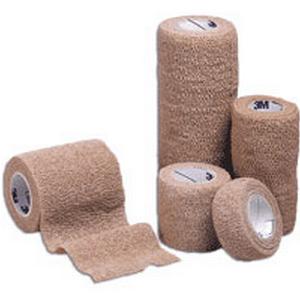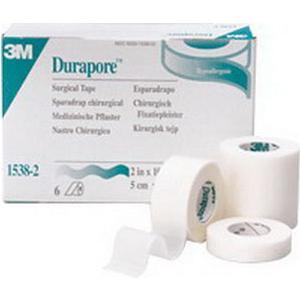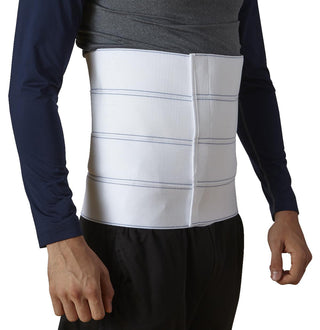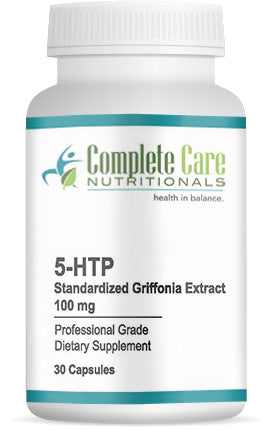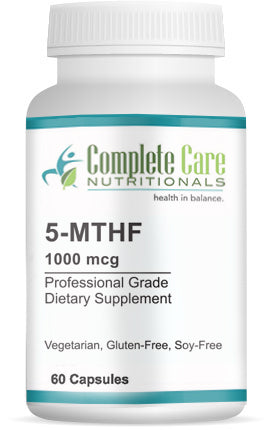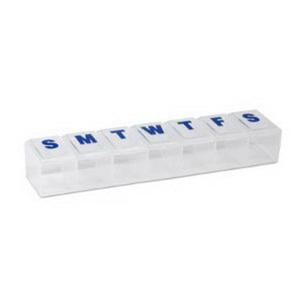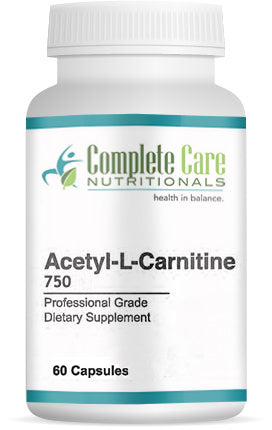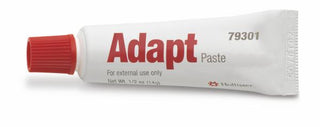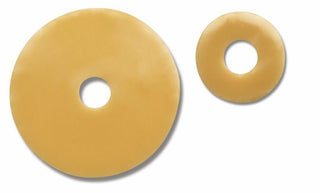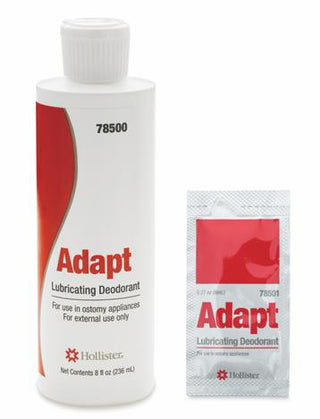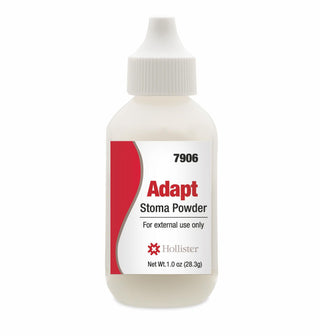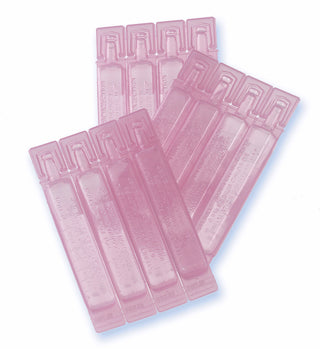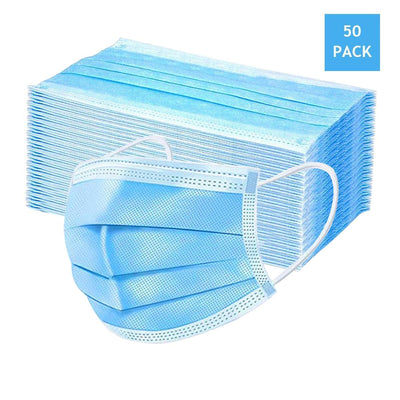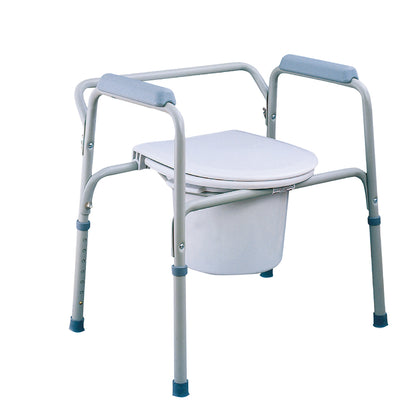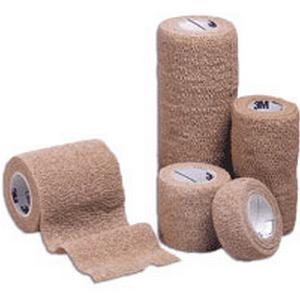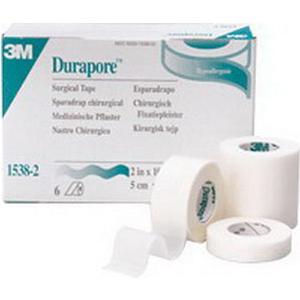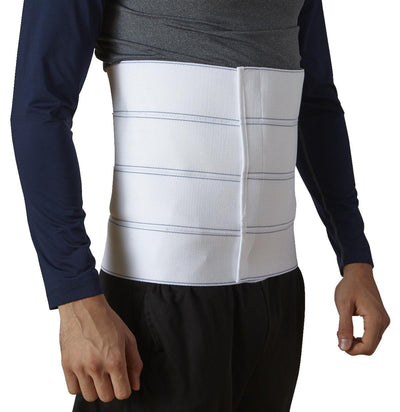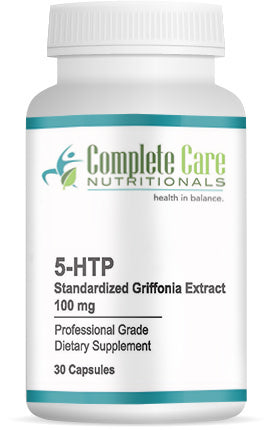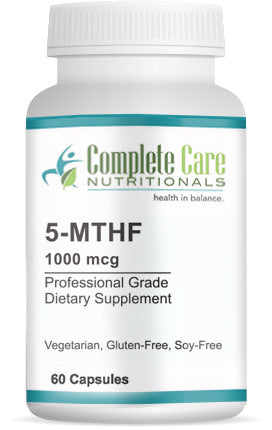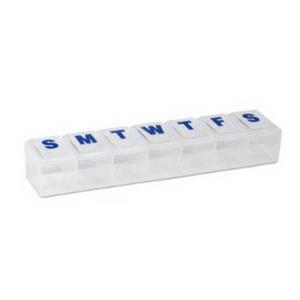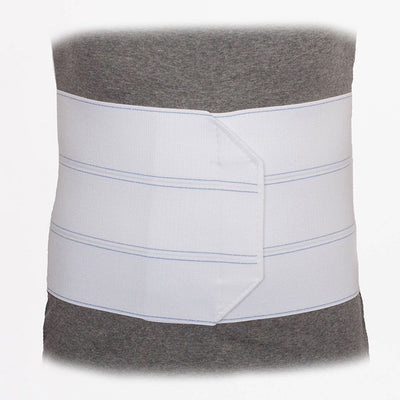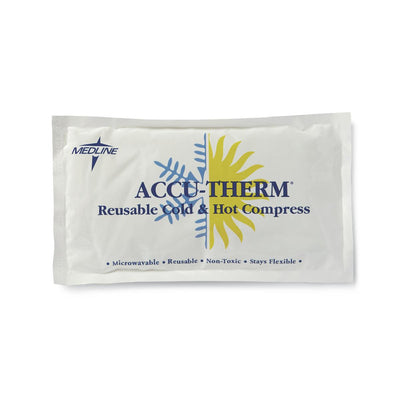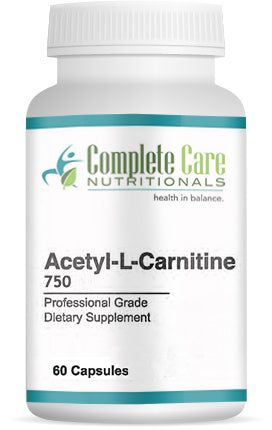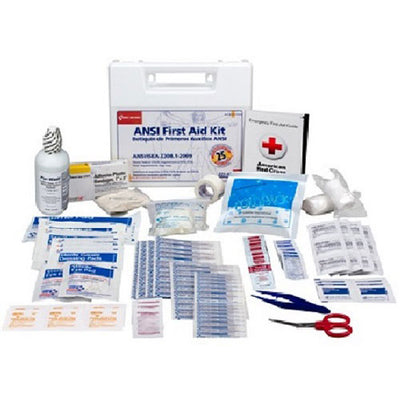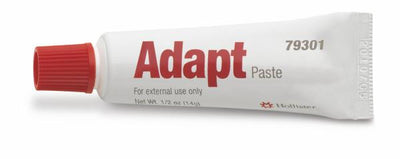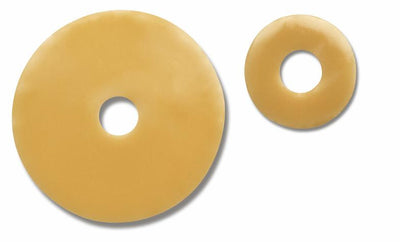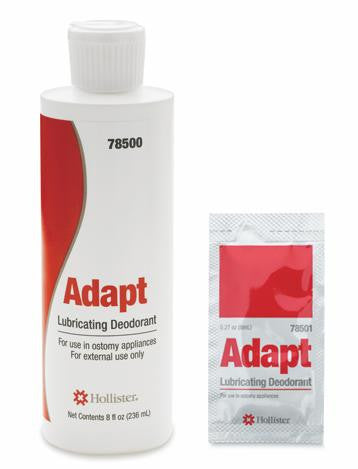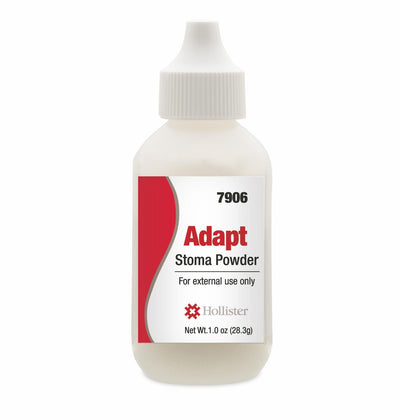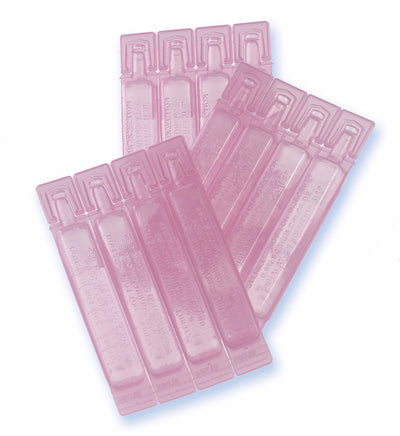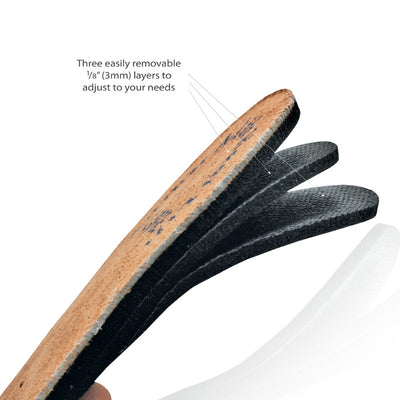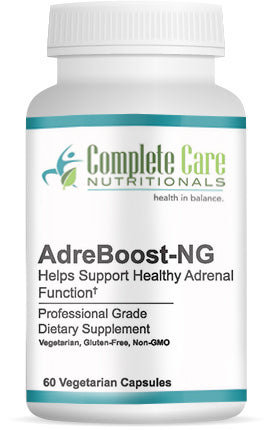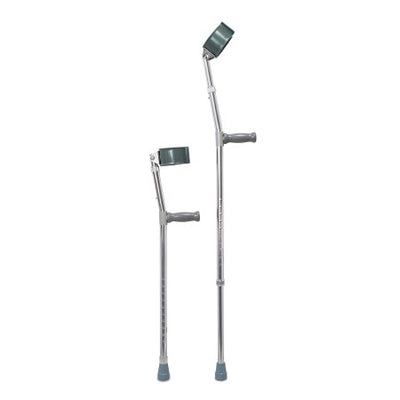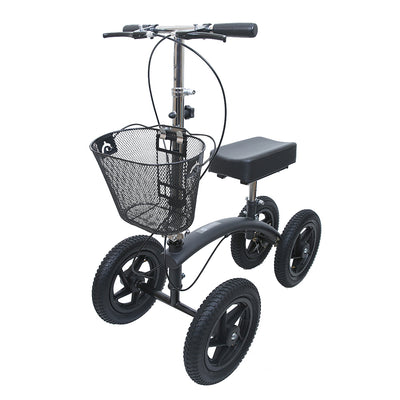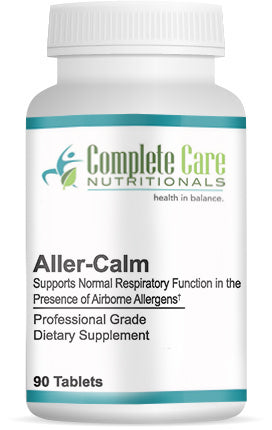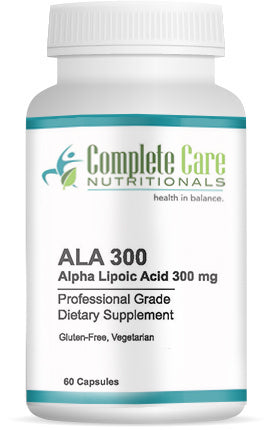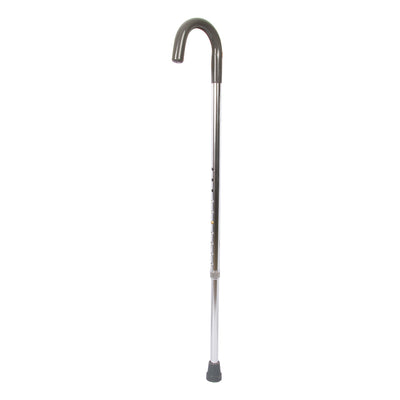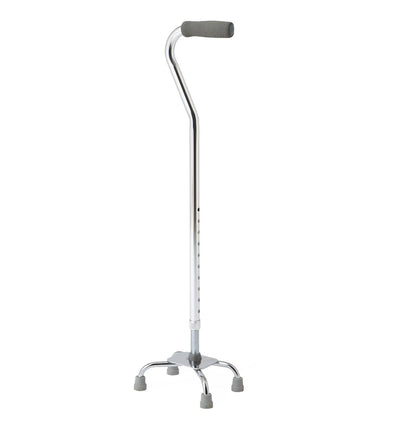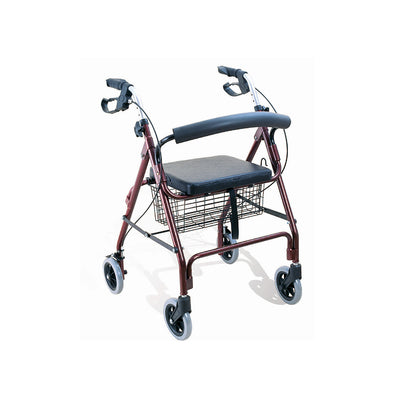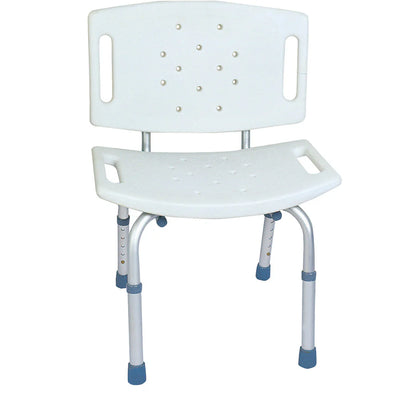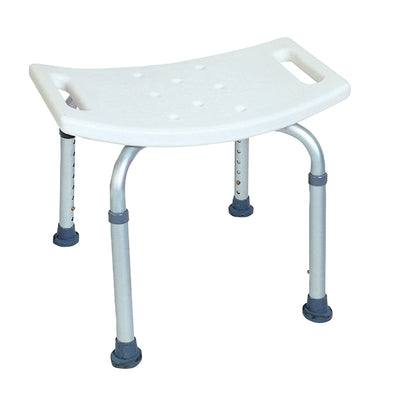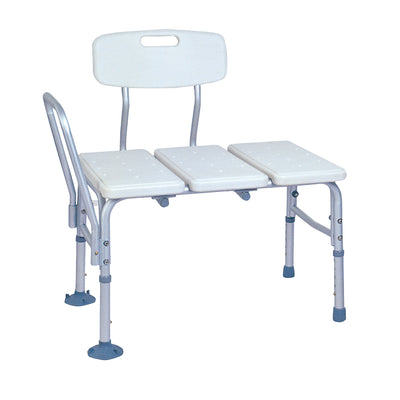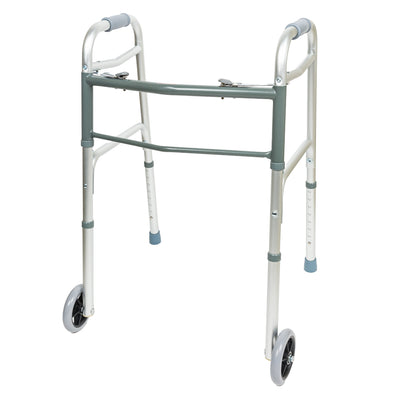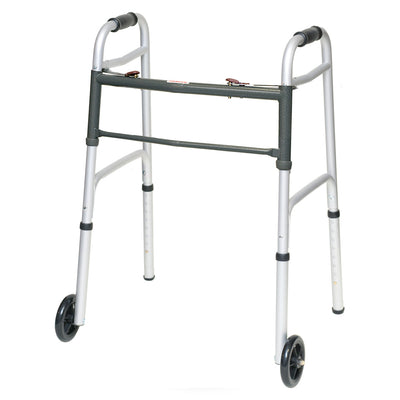Opening Your Health-Insurance Benefits
The Most Surprising Medical Supplies Covered by Insurance: Your Questions Answered
Many patients mistakenly buy items out-of-pocket without ever checking with their insurer. The secret is that many everyday products transform into “covered medical devices” once a clinician writes a prescription that links them to a specific diagnosis. This documentation is what separates a wellness purchase from a medical necessity in the eyes of an insurance provider. For example:
- Breast pumps are mandated to be 100% covered under the Affordable Care Act (ACA) for new mothers, though the specific type of pump (e.g., manual vs. double electric) may vary by plan. This also includes replacement parts and supplies to ensure mothers can effectively feed their babies.
- Compression socks and stockings are often dismissed as a simple comfort item, but when prescribed for conditions like venous insufficiency, lymphedema, or to prevent blood clots (DVT), they are usually reimbursed.
- A physician-ordered blood-pressure cuff for a patient with hypertension is typically paid for under DME benefits because it allows for regular monitoring at home, which can prevent serious cardiovascular events.
- Continuous Glucose Monitors (CGMs) and insulin pumps are covered when they are part of a comprehensive diabetes-management plan. Insurers recognize that these devices provide critical real-time data that helps prevent dangerous blood sugar fluctuations, reducing hospital visits and long-term complications.
- Catheters and ostomy supplies receive ongoing coverage because they are not optional; they are essential for daily living for individuals with specific urological or gastrointestinal conditions. Insurance plans cover these recurring needs to maintain patient health and quality of life.
If a device can be shown to prevent complications, improve a chronic condition, or reduce the likelihood of hospital visits, it’s always worth checking your policy before paying cash.
1. Beyond the Obvious: What Specialized Clothing and Devices Are Covered?
Beyond common items like wheelchairs, insurance often covers a surprising range of specialized clothing and devices when they are prescribed to manage a specific medical condition. These items are considered medically necessary because they directly contribute to a patient's treatment plan, improve function, or prevent more serious health issues. For example, a custom orthopedic shoe isn't just footwear; it's a tool to correct a debilitating foot deformity, while a wig for a chemotherapy patient can be vital for their mental and emotional well-being during a difficult treatment journey. Always check with your provider, as a prescription can open up coverage for these lesser-known items:
| Category | Covered Items |
|---|---|
| Maternity | Electric breast pumps, collection kits |
| Circulation | Compression socks, lymphedema sleeves |
| Diabetes | CGM sensors, insulin pump supplies |
| Urological | Intermittent catheters, drainage bags |
| Orthopedics | Custom shoes, orthoses |
| Oncology | Wigs for chemo patients |
| Monitoring | Blood-pressure devices |
Always pair requests with clear diagnosis codes to ensure the medical necessity is properly communicated to the insurer.
2. What Makes a Medical Supply “Coverable” in the Eyes of Insurance?
Insurance reviewers follow a strict set of criteria to determine if a medical supply will be covered. Understanding these requirements can help you and your doctor submit a successful claim. They generally look for four things:
- Medical Necessity: This is the cornerstone of any insurance claim. The item must be directly linked to treating, diagnosing, or preventing a documented medical condition. A vague request will be denied; the documentation must clearly show why the supply is essential for your health.
- Physician Prescription: A simple note is not enough. The prescription must be detailed and complete, including the specific diagnosis code (ICD-10), a precise description of the product, the required quantity (e.g., per day or per month), and the expected duration of use.
- DME Rules: The item must meet the official definition of Durable Medical Equipment. According to guidelines from payers like Medicare, a device must be able to withstand repeated use, be primarily for a medical purpose, be appropriate for use in the home, and generally not be useful to someone who isn't sick or injured. You can find more details on Medicare's official guidelines for DME.
- Plan Compliance: Every insurance plan has its own rules. This includes using an in-network supplier, obtaining prior authorization before purchase for certain high-cost items, and ensuring the device is cleared by the FDA. Failing to follow these steps can lead to a denial, even if the item is medically necessary.
Tip: Ask your clinician to be as specific as possible in their notes. Wording such as “patient requires 4 intermittent catheters per day for management of chronic neurogenic bladder” provides the clear justification reviewers need to approve the request.
Cost-saving ideas: Navigating Healthcare Costs And Medical Expenses
3. How Does Coverage Differ Between Plans?
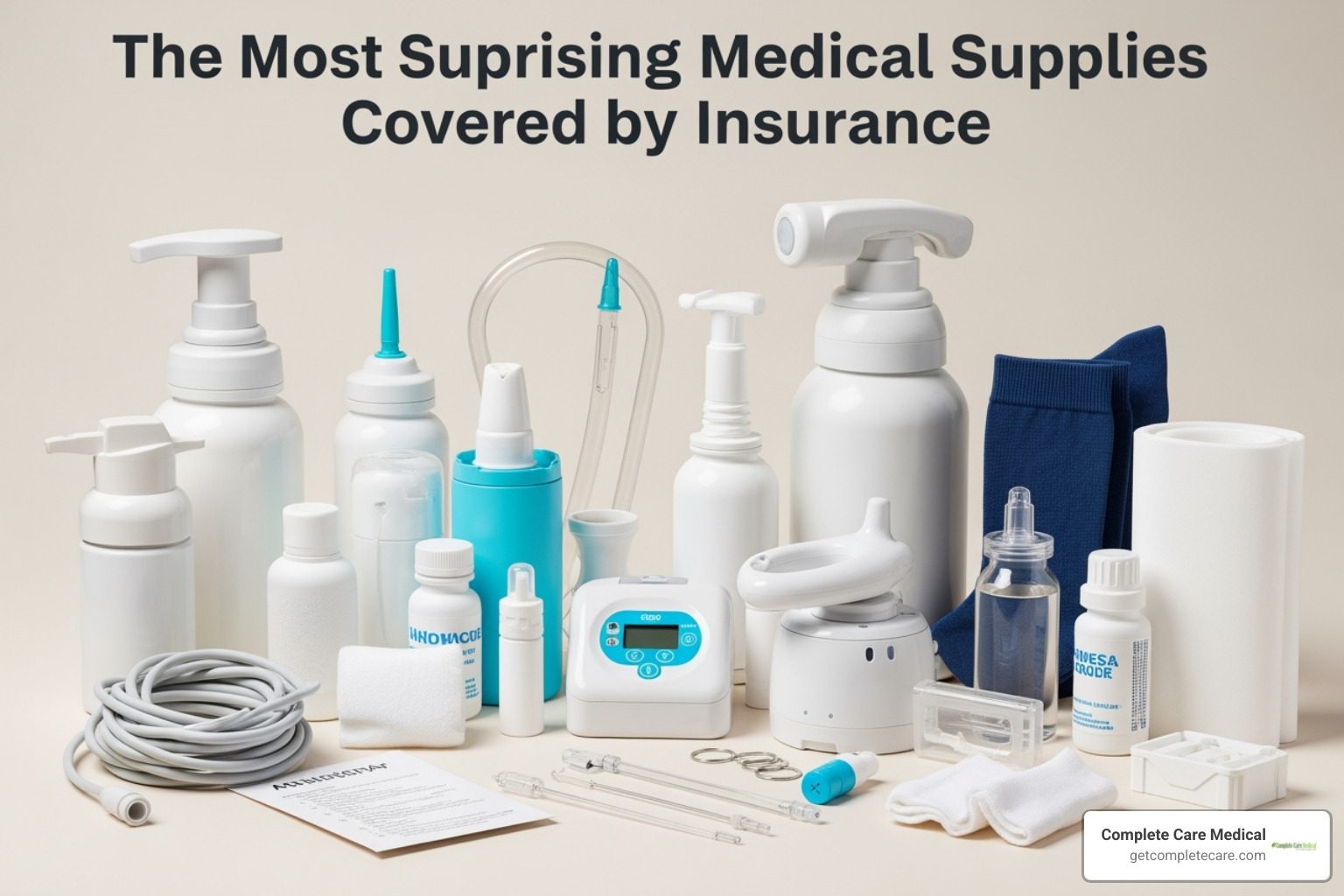
Coverage for medical supplies is not one-size-fits-all; it varies significantly based on your insurance plan. Here are the key differences:
- Private HMO (Health Maintenance Organization): These plans often feature lower premiums and copays, but they require you to use doctors and suppliers within their network. To see a specialist or get a medical device, you will almost always need a referral from your primary care physician, but your out-of-pocket cost is typically low once the item is approved.
- Private PPO (Preferred Provider Organization): PPO plans offer more flexibility, allowing you to see out-of-network providers without a referral. This gives you a wider choice of suppliers for your medical equipment. However, this freedom comes at a price, with higher premiums and deductibles. Your costs will be lowest if you stay in-network.
- High-Deductible Health Plans (HDHPs): Often paired with a Health Savings Account (HSA), these plans have lower monthly premiums but require you to pay the full, negotiated price for supplies until you meet a substantial annual deductible. Once met, the insurance coverage kicks in.
- Medicare Part B: For those eligible, Medicare Part B covers DME when it's deemed medically necessary. After you've met your annual Part B deductible, Medicare typically pays 80% of the approved amount, leaving you responsible for the remaining 20% coinsurance.
- Medicaid: Coverage through Medicaid varies by state but is often very comprehensive for eligible low-income individuals and families. For covered supplies, there is frequently zero out-of-pocket cost, but your choice of suppliers may be limited to those who accept Medicaid.
Because rules differ so much, it is crucial to confirm the specific DME coverage details with your plan administrator before making a purchase.
4. What Is the Typical Process for Getting These Supplies?
Getting your insurance-covered medical supplies involves a few key steps. While a knowledgeable supplier can handle much of the legwork, understanding the process empowers you as a patient.
- Clinic Visit: It all starts with a conversation with your healthcare provider. Discuss your symptoms, how they impact your life, and ask about potential devices or supplies that could help. Be prepared to share specific details to help your doctor document the medical need.
- Detailed Prescription: Your clinician will write a detailed prescription. This is more than just a product name; it must include your diagnosis, the specific product, the quantity needed over a certain period (e.g., 120 catheters per month), and a signature.
- Choose In-Network Supplier: To keep costs down, you must select a supplier that is in-network with your insurance plan. A dedicated provider like Complete Care Medical coordinates benefits with plans nationwide, ensuring you are matched with a compliant and trusted source.
- Insurance Verification: The supplier takes over here. They will contact your insurance company to verify your benefits, confirm coverage for the prescribed items, and handle any required prior authorizations. They will then inform you of any expected copay or deductible costs.
- Delivery & Training: Once approved, your supplies are shipped directly to your home, often in discreet packaging. Your order should include clear instructions for use, and a good supplier will have customer service available to answer any questions you have about the products.
Online ordering through a full-service supplier offers convenience, privacy, and often lower costs than a traditional pharmacy or medical supply store.
5. Are Service Animals Ever Covered?
This is a common question, and the answer is generally no—traditional health insurance plans do not pay for the purchase or upkeep of service animals. They are not classified as Durable Medical Equipment. However, there are other financial avenues to explore:
- IRS Medical Expense Deductions: The IRS may allow you to include the costs of buying, training, and maintaining a service animal in your medical expense deductions. This includes food, grooming, and veterinary care, as long as the animal is assisting with a specific medical condition like blindness, deafness, or PTSD.
- FSA and HSA Funds: You may be able to use funds from your Flexible Spending Account (FSA) or Health Savings Account (HSA) to pay for these costs. These accounts use pre-tax dollars, which can result in significant savings. Check with your plan administrator for specifics.
- Non-profit Grants: Numerous non-profit organizations provide grants to help individuals afford a trained service animal.
- VA Benefits: The Department of Veterans Affairs (VA) may provide benefits related to service dogs for veterans with certain physical or mental health conditions that are connected to their service.
While insurance won't cover the animal itself, standard mobility equipment that might be used alongside a service animal, such as a wheelchair or walker, remains covered under standard DME rules.
Partnering for Your Health and Wellness
Complete Care Medical combines compassionate service with insurance expertise so you can focus on living, not paperwork.
6. How Can I Maximize My Benefits?

Navigating insurance can be complex, but a few proactive steps can help you optimize your coverage and minimize your expenses:
- Review your plan documents annually: Don't just let your plan auto-renew without a look. Specifically, find the Summary of Benefits and Coverage and read the section on Durable Medical Equipment (DME). Pay attention to your deductible, copay/coinsurance amounts, and any requirements for prior authorization.
- Provide detailed symptoms to your doctor: Your doctor can only write a strong prescription with the information you provide. Be specific about how your condition affects your daily life. This detail helps them build a solid case for medical necessity.
- Choose knowledgeable, in-network suppliers: A good supplier does more than just ship a product. An experienced partner like Complete Care Medical will handle the insurance verification for you, coordinate with your doctor's office, and manage the prior authorization process, saving you time and headaches.
- Use automatic refills for recurring supplies: For chronic needs like catheters or ostomy supplies, setting up automatic refills ensures you never run out. It also simplifies the re-ordering process, as the supplier can manage ongoing insurance approvals.
- Keep meticulous records: Hold onto all prescriptions, letters of medical necessity, receipts, and any correspondence with your insurance company. This paperwork is invaluable if you ever need to appeal a denied claim or want to deduct medical expenses on your taxes.
Contact Complete Care Medical for personalized assistance with all your medical supply needs.








